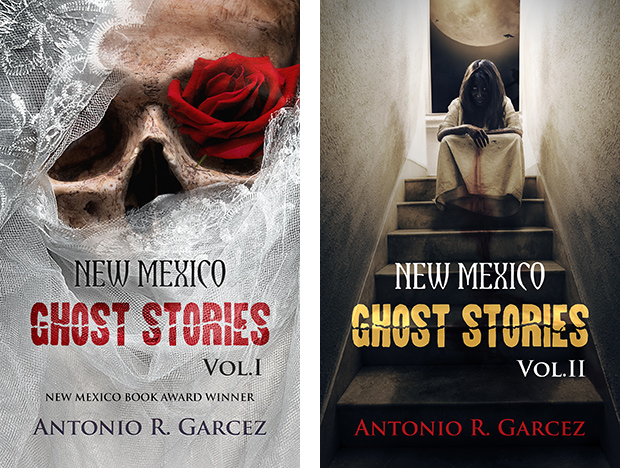Culture Shock: The Moral Of The Ghost Story
Author Antonio R. Garcez On Ghostlore And The Undeniable Substance Of The Supernatural



Latest Article|September 3, 2020|Free
::Making Grown Men Cry Since 1992





